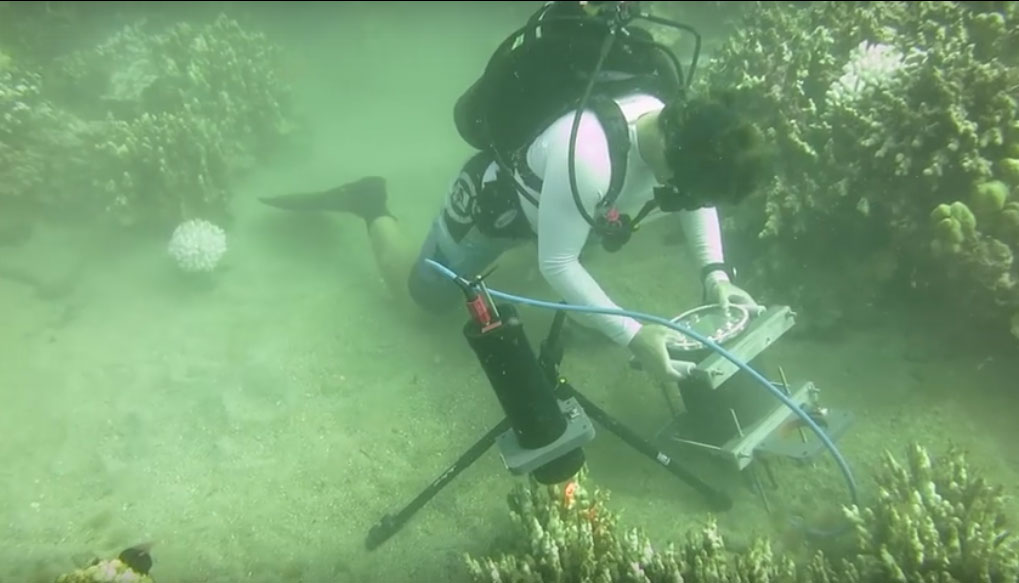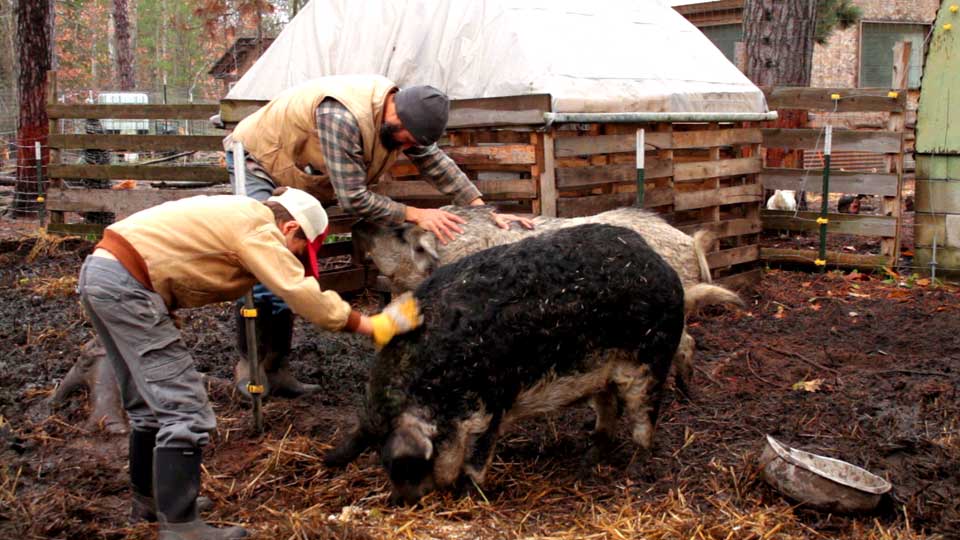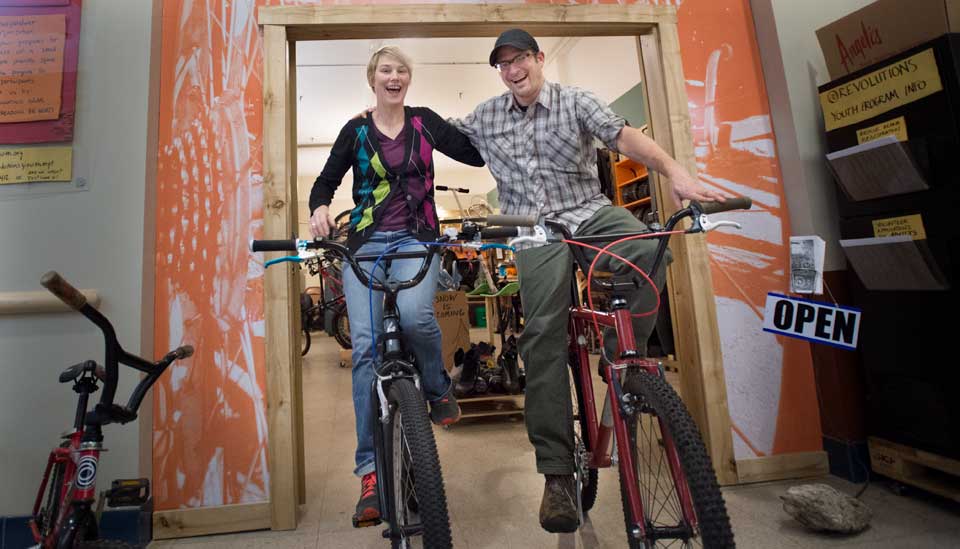Easy Ways To Save Water At Home
How To Save Money On Your Water Bill And Help The Planet Too!
There are many easy ways to save water at home. Small adjustments in your lifestyle are all you need to do to help save water for the good of the planet and your water bill. How to start? Read on as we offer some simple suggestions to get your water conservation efforts started.
More and more people are becoming aware that we are on the brink of a severe water crisis not just in our nation but across the globe. We cannot continue to behave like there is always another tomorrow. Tomorrow is already here – if we don’t reduce our water consumption our tomorrow will be especially bleak.
None of us have the magical powers to make a rain dance and bring the rains on command. Since we cannot rely on the kindness of Heaven to provide, we must not only save water but also utilize the water we do use to the fullest extent.
So what do we do?
Let’s start with showering. First off you can install a water efficient shower head that uses less water overall and allows you to adjust the amount of water coming out the shower head. In addition to this you can start saving water in the shower by keeping a bucket in the shower to collect the water. Gallons of water can be saved during the time you wait for the water to warm up as well as between shampooing, soaping up, or shaving.
The water saved in the bucket used in multiple ways. If it’s clean you can give to the dog or cat and water plants around the house. If the water is soapy it can still be used to flush the toilet by pouring into the bowl after use or try washing the floor with it!
The same method can be applied even under the sink faucet before starting to brush your teeth, wash your face and hands, or shave. Another option is to disconnect the u-shaped pipe under the sink and replace with a hose so you can redirect the water into a bucket underneath or outside depending on your set up. Also, close the tap while brushing teeth and shaving.
For most sinks there’s no need to open up the faucet full blast. A small turn of the knob is enough to make clean hands and faces.
Here are some figures to keep in mind: A quick shower uses about 50 liters (12.5 gallons) of water; Multiply six million people and you get 300 million cubic meters (75 million gallons) of water. A relaxed shower of 20 minutes consumes about 200 liters (50 gallons) of water, while the average bath contains about 130 liters (32.5 gallons) of water. Conclusion: Think twice before you pamper yourself in the shower.
Did you know? 30% of domestic water consumption is accounted to flushing the toilet. Each flush uses nine liters (about 4 gallons) of water on average. To reduce this amount you can buy water efficient toilets at most local hardware stores that reduce the amount of water used in each flush to about 1.5 gallons. A more economical solution is to install a flush mechanism, which allows you the option to use the entire tank for flushing heavy loads or half the amount of water needed for liquid deposits. There’s an old saying which makes for great savings too: “If it’s yellow let it mellow, if it’s brown flush it down”
There is also a super saver tip for saving on water during flushing: Take an empty 2 liter plastic bottle, fill it with water and close the cap. Empty the cistern of the toilet and put the bottle inside so it doesn’t interfere with the flush mechanism. This will diminish the volume of water in the tank there by sending less water into the sewer.
In the kitchen: it’s better to wash your fruits and vegetables in groups and not every time you cut salad or grab an apple. When washing dishes please don’t leave the water running and when using a dishwasher be sure to fill it all the way up before running a load. You can also turn off the heated dry cycle to save on energy.
Is your washing machine up to date? Newer machines can wash with much less water usage. However, even if your machine is top notch it will save energy and water to only wash full loads.
How about the operation of air conditioners – why not save the water they produce? – Some conditioners have a storage container that collects water if not, place a bucket under the hose. You can use this to water the garden, wash the floor, and flush the toilet.
Go around the house and garden and look for leaky faucets. Any incremental trickles result in significant amounts of water lost. By the way, preventing leaks in the yard also means fewer mosquitoes in the summer.
Saving water in the yard
While you’re scanning the garden, have a look at your gutters and drainpipe to make sure they aren’t clogged. Place a barrel beneath the drainpipe to collect water from the roof to prevent it from seeping into the ground. This collected water is great for watering all around your yard or garden.
Wait, we’re not yet finished with the garden – Is your yard covered with lawn grass? Grass is very thirsty and doesn’t yield much in return except a hefty water bill in the summer. It’s a great idea to convert at least a portion of your yard to plants. These are a much more cost effective alternative to grass and drought resistance plants are usually available at your local hardware or garden store. (be careful! Tropical plants do not belong to this species at all).
In general, water the garden in the evening or at night. This is because much of the water will evaporate in the sun instead of being absorbed by the roots of your plants when watering in the daytime
Thank you for taking time to read easy ways to save water at home! This information about conserving our most precious resource, water! Due to the growing population demands, increasing droughts worldwide, and tainted water quality from decades of industrial abuse water issues will take the forefront of important global issues.
Here are the names of two important documentaries about the current and upcoming worldwide water issues:
“Last Call at the Oasis”
“Flow”















You must be logged in to post a comment Login